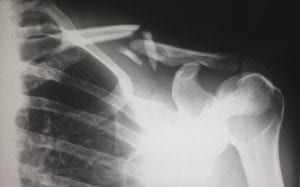To help the court assess the validity of your case, present enough proof to the court, including all medical records and reports, medical bills for the treatment of injuries, and evidence for loss of earnings.
To build a car accident case against the driver of the other vehicle involved in the accident, you must establish that driver’s negligence. Negligence is the cornerstone of all personal injury cases that lead to satisfactory settlement in favor of the plaintiffs, explains a Long Island personal injury lawyer.
In legal parlance, such cases come under the category of negligence cases within the ambit of the personal injury laws. Personal injury lawyers know the techniques of establishing negligence based on four factors: duty of care, breach of duty of care, and causation and damages. Just as the plaintiff is eager to prove the defendant’s negligence to get compensation, the defendant too is keen to establish the plaintiff’s fault that can help to nullify the compensation claim.
Duty of care
The affected party always believes that the other party is at fault as it failed to demonstrate its duty of care to protect other vehicles on the road, and pedestrians. Breach of duty of care becomes the trump card to build a solid case to claim compensation for personal injury. However, it is not easy to convince the jury or judge that the accident was due to the lapse of the other driver. It requires evidence, some of which is critical to the case and helps illustrate that the defendant failed in the duty of care that led to the accident. The primary duty of care includes safe operation of the vehicle by ensuring the safety of others on the road, and you must have enough evidence to prove that the driver had a duty of care.
Breach of duty of care
Going a step ahead after describing what constitutes a duty of care and what to expect from the other driver, you must illustrate how the defendant breached the duty of care. If a driver was speeding, taking an abrupt U-turn at the wrong place, crossing the driving lane, or texting while driving, these are the most notable acts of breach of duty of care. You must present ample proof to show that the defendant failed to exercise reasonable care that finally led to the accident. Had the defendant shown adequate care of duty and acted as any responsible person, the accident would not have happened.
Causation and damages go hand in hand

To establish a strong case, you must show that the breach of duty of care translates into the driver’s negligence and it’s only because of the driver’s actions that you sustained the injuries. To help the court assess the validity of your case, present enough proof to the court, including all medical records and reports, medical bills for the treatment of injuries, and evidence for loss of earnings while being incapacitated during the medical treatment. You can even include the repairing charges of your damaged vehicle.
Unless you can show that the injuries were avoidable if the defendant had been careful and responsible to avert the accident, it wouldn’t be easy to make a good case for fair compensation.


Join the conversation!